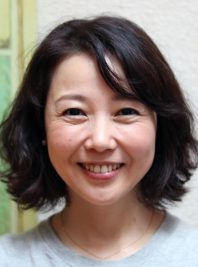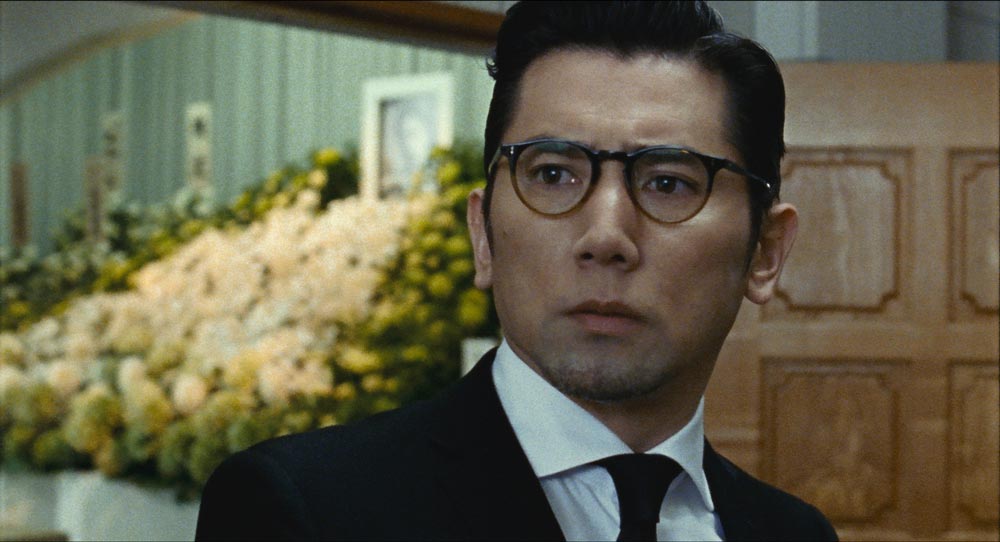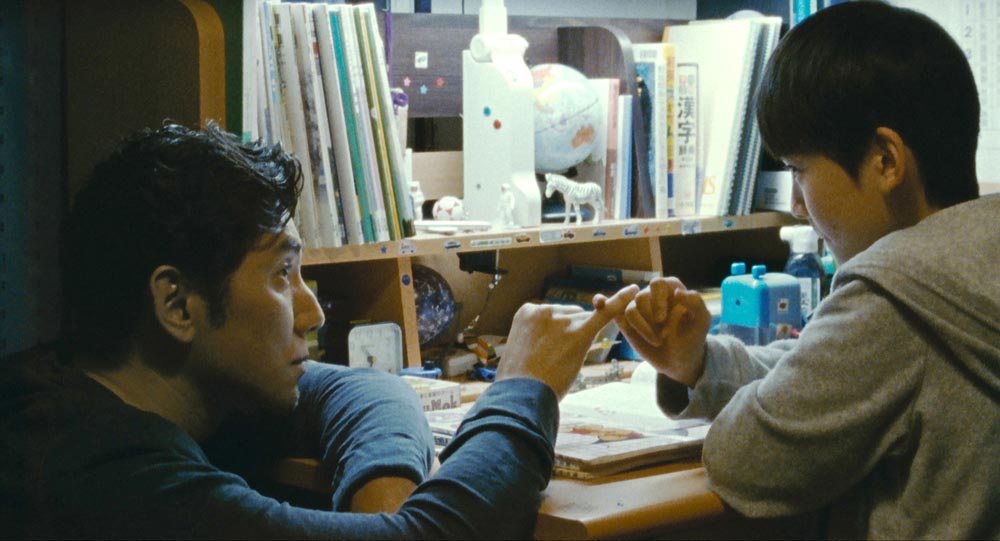
Da jeg var i Toronto, var jeg så heldig at få lov til at møde den japanske instruktør, Miwa Nishikawa. Nishikawa startede sin karriere som Koredas lærling, men har nu lavet flere af sine helt egne film, og hendes seneste, “The Long Excuse”, markerede hendes femte gang i instruktør/forfatterstolen.
Noget af det første, der slår en, når man møder hende, er, at man med det samme kan mærke de kulturelle forskelle. Hun er meget rolig og indadvendt, til trods for sit følge på to andre kvinder og en tolk. Meget øjenkontakt blev det heller ikke til, men alligevel, så kunne jeg mærke den store fortælleglæde og den store passion for at lave film, der har rod i virkeligheden og de menneskelige relationer.
Så når du læser transskriptionen af interviewet, kan du prøve at forestille dig, hvordan det er at blive mødt med den stik modsatte kultur af den, vi alle er vokset op med her i vesten:
Why did you decide to tell this story about a writer who loses his wife and has to deal with that loss?
The reason why I decided to write this story was, that I had witnessed the earthquakes and tsunami in 2011. That is when I came up with the idea. I have watched many stories on TV, and I have read many sad stories of friends and families that had to part with colleagues and family members after the disaster. However, I thought about the other people that I didn’t know about. For example, the people who did not part on good terms. It could be the couple, who had a fight in the morning, or the colleagues who are always in a dispute.
I wanted to describe people like that, but I didn’t want to use a real event or an event specifically limited to Japan. I wanted to use a universal situation, which is why I chose to focus on this writer, who lost his wife.

On that note, I was wondering why the film is driven by the human interaction as oppose to the narrative structure? Normally you have a story with people surrounding it, but here the focus is on how humans relate to one another. Why did you decide to do this, instead of having a set story and making your characters follow that story?
This is my fifth movie and every time I make a movie, I think there is one thing I always stick to, which is to describe the human interactions. Human relationships are complicated, difficult to understand and always varies depending on the situation.
For this movie, I wanted to describe a man, who lost his wife, but gradually develops new relationships and interacts with new people, including children. Through this journey, he slowly gains his humanity. The storyline in and of itself is very simple, and in the context of a movie it is nothing new. However, I wanted that to be the case, because I wanted to express how difficult it is to nurture a human relationship, and also how enriching it is to develop a new understanding with another person. That way I can depict one aspect of the complexity in human beings.
Regarding the complexity in human beings, I couldn’t help but notice how subdued many of the characters are. One of the prime examples I think of, is the scene, where the son has had enough of his father’s self-loathing and tells it to his face, but instead of yelling and showing his anger, he instead almost whispers it to him.
Was this intentional to reinforce the notion that people are being emotionally withdrawn, or is this maybe something cultural that I am misinterpreting?
I think is more connected to Japanese culture. We don’t express our emotions in a very straightforward way. Particularly, to this child who is growing up. It is not normal for a son and father to look each other straight in the eyes and then to tell what they really feel. It is just not in the Japanese culture to tell it like it is. That is what you see in the scene, between the father and his son.

I was also wondering, what is your directorial style? Do you let the actors improvise, or is the scene more set in advance?
I actually do a mixture of both. In some scenes, I tell the actor to do exactly what the script says, but then after that, I have a discussion with the actors to re-adjust the delivery and emotion in the scene. There are also other scenes, such as the ones with children, where I do it differently. Child actors are always inexperienced, simply because of the age. I want them to be as natural as possible, so I don’t do many takes, but I tell them what I want out of the scene. For example, there is a scene in the film, where they are washing rice, and in that instance, they are improvising their lines and actions, to make it feel more natural. That is how I shot those scenes.
Finally, what do you hope people will take with them, once they have seen the film?
I would like the audience to feel they have something in common with Sachio [the main character] and can relate to what he is going through. I would also like people to think about their own relationship to their wife, children, colleagues and whomever they are connected. Mostly though, I hope they will be able to reflect, through the lens of Sachio’s journey, and wonder if they themselves could be acting any differently to the world surrounding them.